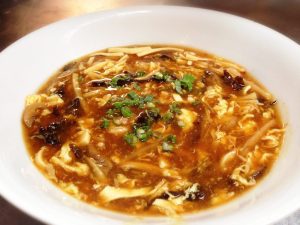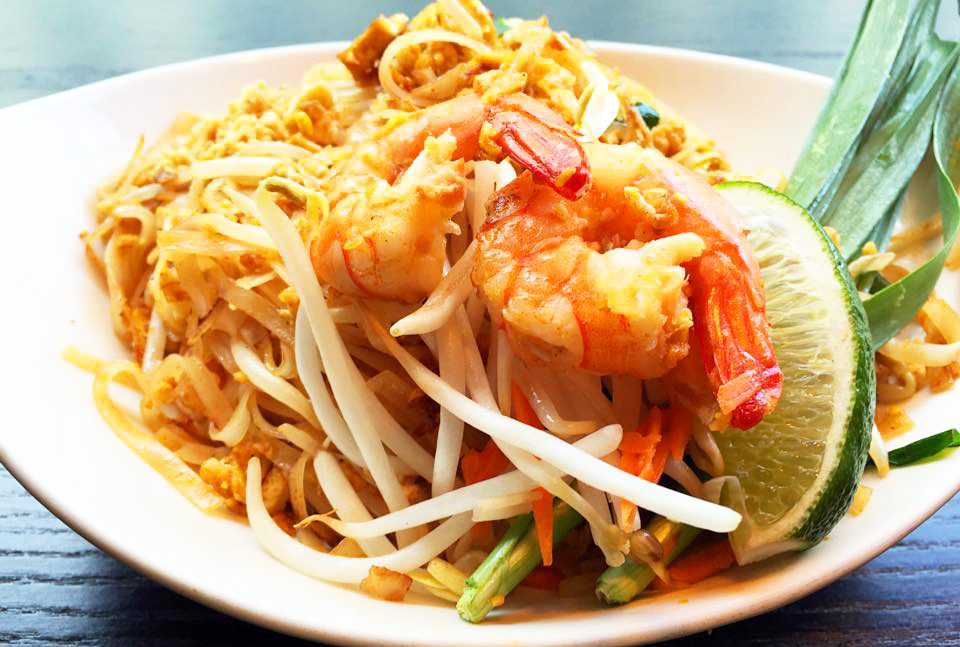
Pad Thai Recipe: A Popular but Forgotten Dish!
Pad Thai: A Popular but Forgotten Dish!
So, I am Chinese born, live in the US, but would you believe it, my first language was Thai? I am sure you are asking the question, “Well how did that happen?”
The story goes, that after being born in China, I moved to Thailand—at the age of two—and lived there for eight years. Thus, my nostalgic memories of my childhood are infused with all things Thai/Thailand.
Yet my memory does seem to be selective, in its own right. Some of the Thai language has escaped me, and some of those childhood memories seem to have odd gaps.
What I do remember is Thailand as it was then, and for the most part, still is today; an endless sea of cars and motorcycles, honking of car horns, and barking of dogs. In Bangkok, where I lived, there were the silhouettes of Pagodas set against the background of a cityscape horizon.
The Thai people were always so kind and always greeted me with a smile. It was four seasons of sun, and most all had a dark-tan complexion, and dressed in light-colored flower-patterned clothing.
They walked with an even pace with many colorful billboards and signs one visual rung up from the pedestrian view. The weather was sunny but unbearably hot, like a sauna room round the year.
And there were also food carts selling a variety of Thai food on almost every block and almost every street corner. One could find tropical fresh fruit, skewered meat and fish balls, papaya salad, noodle soup, grilled chicken with sticky rice.
Oddly enough, what I don’t remember is seeing or eating any Pad Thai.
At the age of eight, I would eventually move here to New York City—who could live anywhere else? And amidst the massive scope of a multitude of cultural cuisines, Thai cuisine was a New York City staple, and with it one of the favorites of Thai cuisine, Pad Thai.
This would be my first remembrance of the dish. When we ordered it, since I don’t recall seeing Pad Thai in Thailand when I was a child, made me wonder, is it authentic Thai food, or is it American Thai food—an Americanization of Thai cuisine. Or is it that I was just forgetful in my mind on this specific memory?
So, what is Pad Thai? Well, Pad Thai generally consists of rice noodles, eggs, brown tofu, leeks, peanuts, and bean sprouts. It is flavored with tamarind, plum sugar, fish sauce, vinegar, and red chili pepper, and served with shrimp, chicken, or beef. The ideal Pad Thai has a balance of sweet, sour, and salt in its composition.
Continuing on my quest for clarity on Pad Thai and its origins, I went to see my friend Jack Wachara Nittayarot.
Jack is the owner of two Thai restaurants in New York City: Thai Soup on the Upper East Side and Tom & Yum on the Upper West Side.
According to many Thai mothers, Jack has a very typical Thai celebrity look and is well-liked and recognized in the community here. To me, Jack is a great friend and a true gentleman who loves food and wants to promote Thai food and culture to the locals.
I asked Jack, “Is Pad Thai an authentic Thai food or is it an American Thai dish?” Jack confirmed, “Pad Thai is an authentic Thai dish.” Not only is it an authentic Thai dish, but it is also recognized as one of Thailand’s national dishes. It has been one of the most popular street foods since World War II and is sold in every night market.
So it is true Thai cuisine. Maybe I had it many, many times during my childhood years, and/or I was too young to remember. Maybe it’s like my Thai language skills… forgotten because of a lack of use. Or much like a forgotten language that begins to be used and remembered again, maybe my Thai Pad memories will all come back if we prepare and cook the entree.
Let’s give it a try, and learn to make Pad Thai with Jack Wachara Nittayarot from Thai Soup!
Sauce:
1 tablespoon of tamarind sauce
1 1/2 tablespoons of plum sugar
1/2 tablespoon of vinegar
1 tablespoon of fish sauce
1 tablespoon of sugar
A pinch of salt
Pad Thai Noodles and Other Ingredients:
4 oz of dry rice noodles
1/3 cup of bean sprouts
1 tablespoon of brown tofu, diced
2 whole eggs
1 oz of leek
2 tablespoons of ground peanuts
4 shrimps
1/2 teaspoon of chili powder or red paprika
1 tablespoon of preserved radish
1 lemon wedge
- Soak the rice noodles in water for about 30 minutes at room temperature to make the noodles soft.
- Make the sauce: In a medium-sized mixing bowl add tamarind sauce, plum sugar, vinegar, fish sauce, sugar, and salt and mix with a whisk until everything is well blended together. Put aside.
- Season a wok with oil, preserved radish, brown tofu, and then stir fry until the aroma begins to permeate the air. Crack your eggs into the wok, add shrimps, and stir until the shrimps turn a pinkish color. Add the noodles and a 1/5 of a cup of water, and sauté the noodles till soft. Add the sauce and sauté everything until the noodles have fully absorbed the sauce. Then add the ground peanuts, leek, bean sprouts, and chili powder, and mix. Transfer the noodles onto a plate and garnish with a lemon wedge, and hopefully, it will bring back your memories and mine.
Related Recipes
You may also like

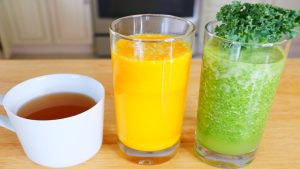
4 Immunity-Boosting Ways to Help Fight Viruses

Doing Justice to the Palate With Korean Spicy Tofu Stew

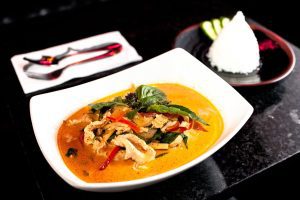
Thai Red Curry Like Mom Used to Make

Malaysian Chicken Satay Recipe
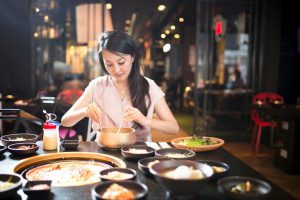
Korean Cold Noodles Recipe, Naengmyeon
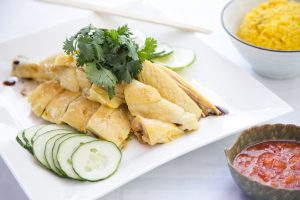
The Best Hainanese Chicken and Rice Recipe


Cinderella’s Shoes Shaped Duck Dumplings
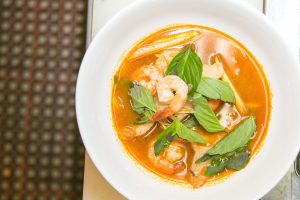
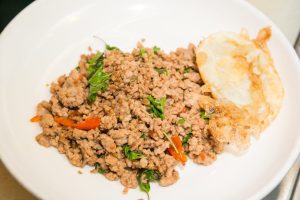
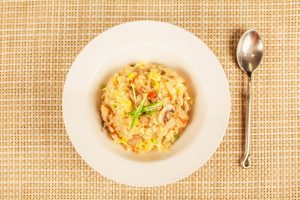
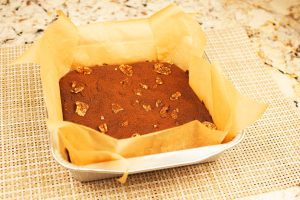
Guilt-Free Tofu Brownie Recipe

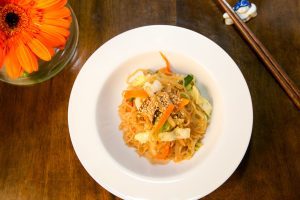
Miracle Noodles to Lose Weight: a Dream Comes True!
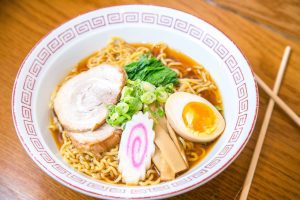
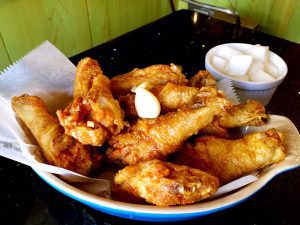

Longevity Chinese Beef Noodle Soup Recipe for Chinese New Year

How to Make Heart Shaped Chocolate Lollipop for Valentine’s Day
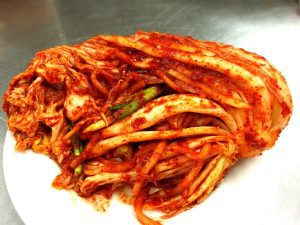
The Best Korean Kimchi Recipe
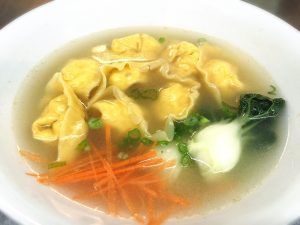
Chicken Wonton Soup Recipe
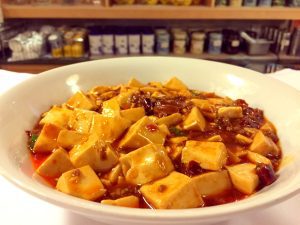
The Best Mapo Tofu Recipe

How to Fillet a Sea Bass & Douchi Stir Fry Fish
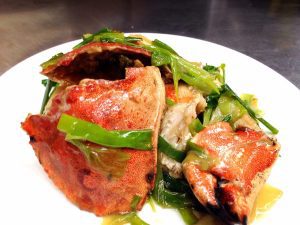
Crabs with Scallions and Ginger Recipe
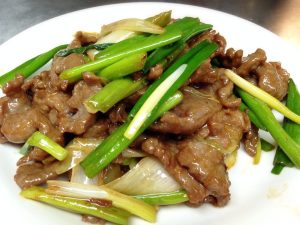
Chinese Stir Fry Beef with Scallions Recipe

Stir Fry Singapore Noodles Recipe with Shrimps and BBQ Pork
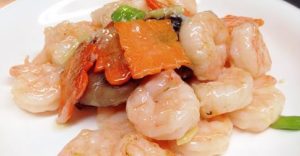
Chinese Stir Fry Shrimps with Mushrooms Recipe
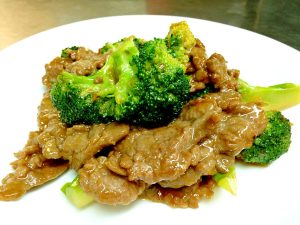
Stir Fry Beef and Broccoli Recipe
